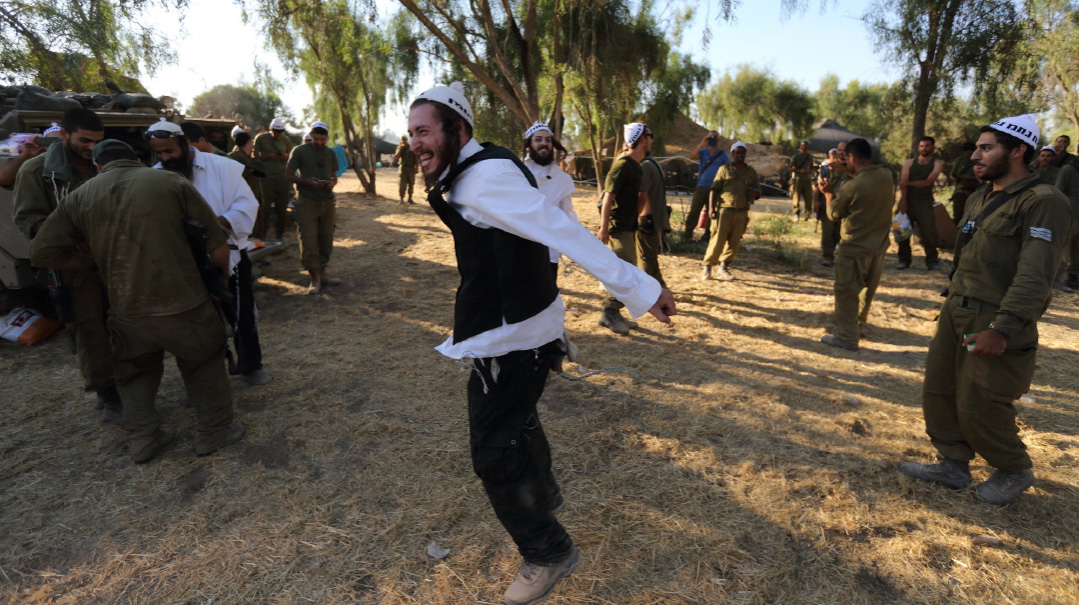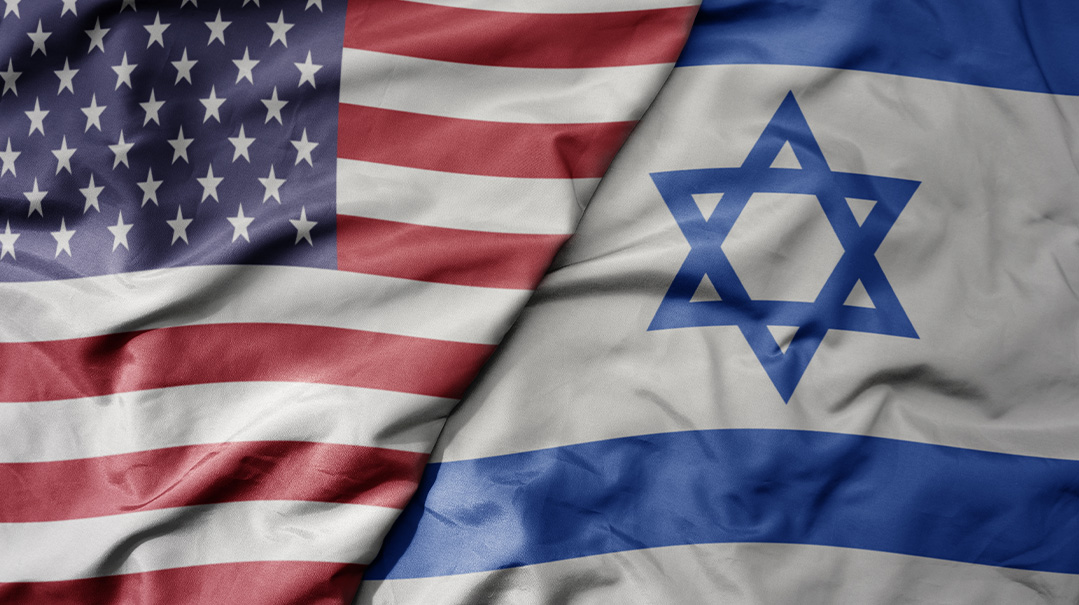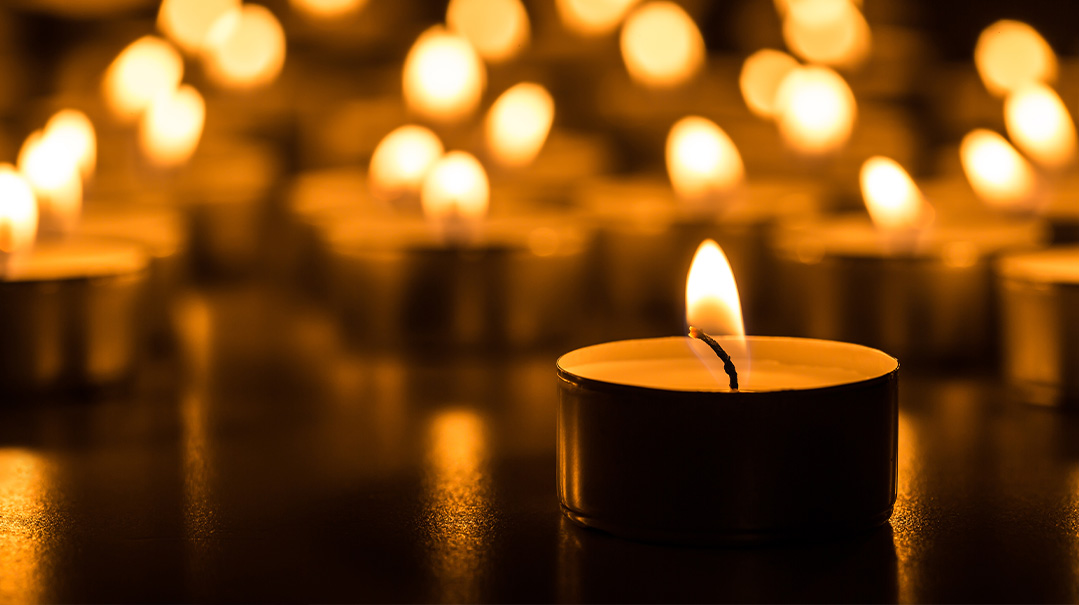Hidden Heroes

“Every act of defiance reflected their inner liberation”
One afternoon in the early ’90s, I was in my downstairs machsan-office when the phone rang. The woman on the other end described herself as an avid reader of my columns in Yated Neeman. She further identified herself as a resident of Deerfield, Illinois, the Chicago suburb neighboring the one in which I grew up.
My immediate response was, “I’m not stupid. No one in Deerfield is reading Yated Neeman.”
But Pamela Cohen was telling the truth, and over the past quarter century, she and her husband Len — his calm and perpetual good humor the perfect ballast to her passion and energy — have become among our closest friends. Now, Pamela has written a book, Hidden Heroes: One Woman’s Story of Resistance and Rescue in the Soviet Union (Gefen Publishing House). It is a must-read for anyone interested in Soviet Jews’ many sacrifices for the right to leave their prison, and of the battle waged on their behalf by their Jewish brothers and sisters abroad. Historian Jonathan Sarna calls that struggle “perhaps the most successful human rights campaign in human history.”
Fittingly, one of the tributes to the book was written by former Prisoner of Zion Rabbi Yosef Mendelevich: “Pamela Cohen wrote a book. It is not only hers. It is ours. We wrote the book together, the page in the history of Am Yisrael.” It was Mendelevich’s arrest in Leningrad, June 15, 1970, as a co-conspirator in a plot to hijack a plane and fly it to Israel, that brought the idyll of Pamela’s life as a young suburban mother of three to an abrupt end, and catapulted her into the Soviet Jewry movement.
In the days following John Chancellor’s news broadcast of the failed hijacking, Pamela scoured the papers for further updates. As a teenager, she had been obsessed with the Holocaust, and in particular, with American Jewry’s passivity in the face of the extermination of millions of brethren. And she was determined not to remain apathetic now. (A Cohen grandchild once dubbed the downstairs of Pam and Len’s West Rogers Park home, with its overflowing bookshelves, “the Hitler-Stalin room.”)
Pam’s search for information led her to Chicago Action for Soviet Jewry (CASJ), of which she would eventually become chairman; in 1986 she became national president of the Union of Councils for Soviet Jews (UCSJ), an umbrella group of 40 local grassroots organizations, with affiliates in England, France, and Israel. All her colleagues in CASJ and UCSJ shared her obsession with the Holocaust and American Jewry’s silence.
From the moment she became involved with CASJ, Pamela (or Pom-ella as the refuseniks pronounced it) was something of an alien in affluent suburbia, apart from her cadre in the movement. At dinner parties, she would ask incredulously, “What do you mean, ‘Who is Mendelevich?’ ”
THERE IS NO QUESTION who the “hidden heroes” of the book’s title are. The refuseniks and dissidents were, in Pam’s eyes, the only free people in the Soviet Union: “Every act of defiance reflected their inner liberation.”
Despite Pam’s mesirus nefesh, she always knew she would return at some point to her other life as suburban Super-Mom — preparing nightly fresh-cooked meals, driving car pools, shuttling children between Hebrew school, tennis lessons, and orthodontist appointments. (Well, actually, Pam does record at least three harrowing incidents in the newly formed Central Asian Muslim republics in the early ’90s, from which she could legitimately count herself lucky to have emerged alive.)
For Soviet Jews, however, there was no respite from the suffering, deprivation, prison terms on trumped-up charges, beatings, and denial of lifesaving medical treatment that the UCSJ constantly found creative new ways to publicize in the media and in lobbying efforts. The UCSJ viewed itself as taking direction from the refuseniks themselves, and that was a large part of its strength. “We are your partners, not your benefactors. We are one movement on two sides of the ocean,” Pam constantly told refuseniks.
One of the book’s many astonishments for me was learning that my friend is, in fact, a genuine hero, one of those who can be said to have changed the course of Jewish history. Richard Schifter, assistant secretary of state for human rights under President Reagan, credits the UCSJ with putting the Soviet Jewish emigration issue on the US public agenda.
The UCSJ’s opposition to any waivers of the Jackson-Vanik amendment’s restrictions on trade with the Soviet Union persuaded Schifter and his boss, Secretary of State George Shultz, that until the USSR thoroughly revamped its emigration system, not just slightly increasing the number of Jews allowed to leave, Jackson-Vanik should remain in place. Prior to a 1987 Reagan-Gorbachev summit in Moscow, Shultz attended a refusenik Seder in Moscow, and told the participants, “You are in our minds. You are in our hearts.”
It was not until more than 20 years later that Pamela fully appreciated the passion that drove Richard Schifter. At a 2010 Knesset ceremony honoring the refuseniks, Schifter related that his family received only one visa to emigrate from Vienna in 1938, and his parents insisted he take it. The 15-year-old Richard promised to do everything possible to save them when he got to America.
But, he told the refuseniks, “I failed. I couldn’t get them out.” At that point, Schifter’s distinguished façade crumbled briefly. He regained his composure and added, “But I swore I would get each one of you out.”
THE UCSJ WAS A GRASSROOTS ORGANIZATION, or rather an umbrella group of dozens of local grassroots organizations. Natan Sharansky once dubbed Pamela “the five-star general of the army of housewives and students.” (One of Sharansky’s jailers mocked him that no one cared about him besides some housewives and students.)
The UCSJ activists took their model from the Bergsonites and their Emergency Committee to Save the Jews of Europe during World War II. The Bergsonites (led by Peter Bergson) were the only Jewish organization to focus exclusively on the rescue of Europe’s Jews during World War II, except for Zeirei Agudath Israel. And they worked closely with the Orthodox, most notably on the 1943 Rabbis March on Washington, D.C.
Even during the Holocaust, the Jewish establishment could not put aside its antagonism toward the Bergsonites, who were Revisionist Zionists, or focus on rescue. Mainstream Jewish groups nearly scuttled the Bergson-sponsored Rescue Resolution by trying to link it to a call for a postwar Jewish state in Palestine. The Rescue Resolution led to the creation of the War Refugee Board. Historian David Wyman credits the WRB with having saved up to 200,000 Jewish lives.
Similarly, the UCSJ clashed with both the Jewish establishment and the Lishka, the department of Israel’s Foreign Ministry that dealt with Soviet Jews and almost exclusively focused on aliyah.
In 1987, Edgar Bronfman, president of the World Jewish Congress, and Morris Abram, chairman of Conference of Presidents of Major Jewish Organizations, entered into negotiations, under Israeli government insistence, with Soviet authorities seeking a waiver of Jackson-Vanik. They were willing to settle for an overall increase in the Jews allowed to emigrate from the USSR, plus direct flights to Israel to ensure that the emigrants came on aliyah and were no longer eligible for US political asylum.
The UCSJ opposed both the waiver and the restrictions on Jewish emigration to America. At a meeting of the Jewish Agency Executive in London, a few months after Abram and Bronfman’s Moscow negotiations, Pamela offered a powerful rebuttal of their position. She and UCSJ national director Micah Naftalin repeated those arguments at a White House meeting with President Reagan and Secretary of State Shultz, and subsequently in private at Abram’s well-appointed law offices.
A suburban housewife who dreaded speaking even in small groups of fellow activists somehow summoned up the courage to cross swords with Abram, a former president of Brandeis University and leading attorney. Abram’s biographer writes that he came to regret his earlier positions. Not only did Pamela debate him, she convinced him.
One of her most powerful arguments was that as far as the UCSJ knew, not a single refusenik supported waiver of Jackson-Vanik. In addition, former refuseniks in Israel complained bitterly that the post-1989 US policy of cutting off emigration to America had resulted in hundreds of thousands of non-Jewish Russians and Ukrainians entering Israel.
RAV NOACH WEINBERG used to say that activism on behalf of the Jewish People is one of the best avenues to a commitment to Torah, for it leads inevitably to the question: Why is the continued existence of the Jewish People important?
UCSJ activists viewed themselves as a strike force for the Jewish People. Yosef Mendelevich wrote of Hidden Heroes: “I expect every Jew to be a fighter for our nation. And that’s why Pam’s book is so important. It is not about the past — it is a textbook of a Jewish fighter. Learn it and join our ranks.”
Pam came to see the battle as twofold — not just for the survival of the Jews but for Jewish survival as well. And in that she was powerfully influenced by the examples of many of the refuseniks who had taken on religious observance.
When Alexander Mariasin in Riga told a powerful story of Jews dancing on Simchat Torah on the way to the gas chambers, she wondered to herself: How many Jews in Deerfield have even heard of Simchat Torah? On another occasion, she and Len asked themselves: If Ari Volvovsky is going to keep the laws of kashrut in Gorky, how can we not in Deerfield? When their son Scott fell out of a tree and was taken unconscious to the hospital, they kashered their home in gratitude for his recovery.
Pamela became accustomed to asking the A-lmighty to take care of her children while she was trying to take care of His. Certainly, she had innumerable opportunities to witness Divine Providence in CASJ’s work. The office received a request for a heart valve from the FSU, and a few hours later a doctor called up offering a heart valve. A refusenik beaten in prison needed bear fat for his wounds. Two days later, the bear fat arrived via Soviet Jewry activists in Alaska by way of Vladivostok, and from there across seven time zones to Moscow.
The various local UCSJ councils divvied up the names of refuseniks among their members. The more letters from America, the better the chances the Soviets would hesitate before brutalizing a particular refusenik. Harvey Barnett of CASJ was assigned the file of Leningrad refusenik Yitzchak Kogan. At their first meeting in Leningrad, the two began discussing their respective family histories. It turned out that both their families had originated in Vitebsk. And their family name had been Itkin. They were, in fact, cousins.
In Kiev to open a UCSJ branch after the fall of the Soviet Union, Pamela had a life-changing experience. She was visited by the elderly mother of a gentile dissident whom the UCSJ had assisted. As the woman was leaving, she suddenly turned to Pamela, lifted her gnarled fingers, and crossed her. Although the gesture was meant as a blessing, Pamela felt contaminated by it, as if she had been implicitly found lacking as a Jew. Trying to go to sleep that night, she remembered that it was Shabbos and she had not lit candles. Again, she felt forced to confront what kind of Jewish leader she was, if she had not even performed that small act to keep Jewish identity alive.
IN 1996, after ten years as UCSJ’s national president and over a quarter century of activism on behalf of Soviet Jews, Pam stepped down. But it was not the end of her and Len’s Jewish activism, just a switch to a new realm. The Cohens provided the seed money for Komimiyus North Shore Torah Center, and hired Rabbi Ezra Belsky to start teaching classical Jewish texts from their Deerfield home. Subsequently, they purchased a home for a young rabbi and his family to invite Shabbos guests and expand the range of Torah classes.
Like so many of the Soviet Jews with whom she had worked, Pamela felt cut off from her Jewish roots. And she recognized that without reconnecting to those roots, there was no Jewish future. The more Pam and Len learned, the more they realized they wanted to connect to the main current of the Jewish People. Eventually, they moved to Chicago’s religious neighborhood, and today they make their home in Jerusalem most of the year.
Hidden Heroes is a moving portrait of the Soviet Jewry movement, and of the personal transformation experienced by so many of those involved both in the former Soviet Union and in the free world, recalled in crystal-clear detail by one of its central players. —
Originally featured in Mishpacha, Issue 870. Yonoson Rosenblum may be contacted directly at rosenblum@mishpacha.com
Oops! We could not locate your form.







